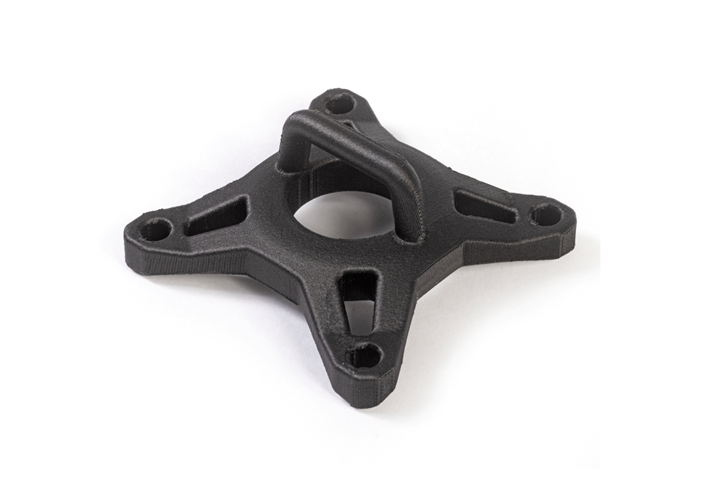Materialise adds three materials to enhance industrial 3D printing
Materialise expands additive manufacturing portfolio with early adoption of new HP PA 12S and integration of PA 11 and PA-CF materials.
Materialise (Leuven, Belgium), a 3D printing and additive manufacturing (AM) solutions provider, has expanded its AM portfolio with the introduction of polyamide 12S (PA 12S) and polyamide 11 (PA 11) for HP Multi Jet Fusion (MJF) and carbon fiber-reinforced polyamide (PA-CF) for fused deposition modeling (FDM). This expansion aims to empower companies across industries to leverage 3D printing for serial production and prototyping. With these additions, Materialise now offers more than 38 materials, providing customers with an extensive selection to meet their specific project requirements.
By expanding its manufacturing service offerings with PA 11, PA 12S and PA-CF materials, Materialise continues to drive innovation and accessibility in the field of industrial 3D printing, supporting businesses in realizing their applications and accelerating the adoption of AM. The new materials offer a wide range of benefits, including optimal mechanical properties, durability and versatility, making them ideal for a diverse range of industrial applications across various sectors.
According to Materialise, PA-CF for FDM brings a notable advancement in lightweight, high-strength components. Consisting of a thermoplastic filament reinforced with 35% chopped carbon fiber by weight, PA-CF offers high flexural strength for an improved stiffness-to-weight ratio. This combination makes it a favorable alternative, particularly for tooling, prototyping and end-use part applications.
PA 11 for HP MJF addresses the growing demand for AM in the medical technology sector. It offers properties that make it well suited for various medical technology applications with 3D printing. Its biocompatibility, durability, and flexibility enable the production of orthotics, prosthetics and machinery components.
In addition, PA 12S has been introduced for volume prototyping and parts requiring good surface quality with minimal post-processing needs. Its high level of detail and dimensional accuracy make it suitable for various applications in consumer goods, industrial settings and volume prototyping projects.
Related Content
-
PEEK vs. PEKK vs. PAEK and continuous compression molding
Suppliers of thermoplastics and carbon fiber chime in regarding PEEK vs. PEKK, and now PAEK, as well as in-situ consolidation — the supply chain for thermoplastic tape composites continues to evolve.
-
A new era for ceramic matrix composites
CMC is expanding, with new fiber production in Europe, faster processes and higher temperature materials enabling applications for industry, hypersonics and New Space.
-
Jeep all-composite roof receivers achieve steel performance at low mass
Ultrashort carbon fiber/PPA replaces steel on rooftop brackets to hold Jeep soft tops, hardtops.















.jpg;maxWidth=300;quality=90)
